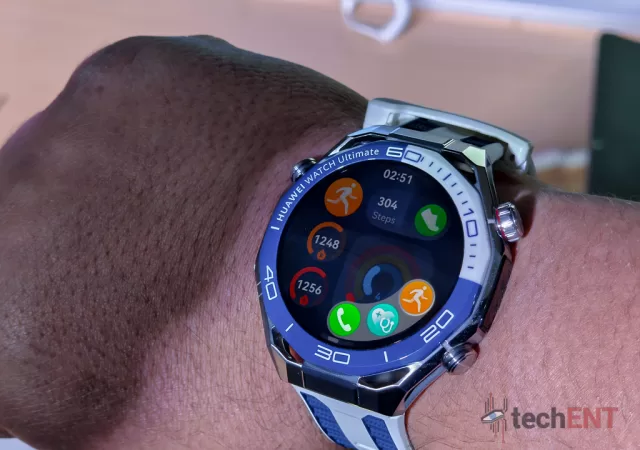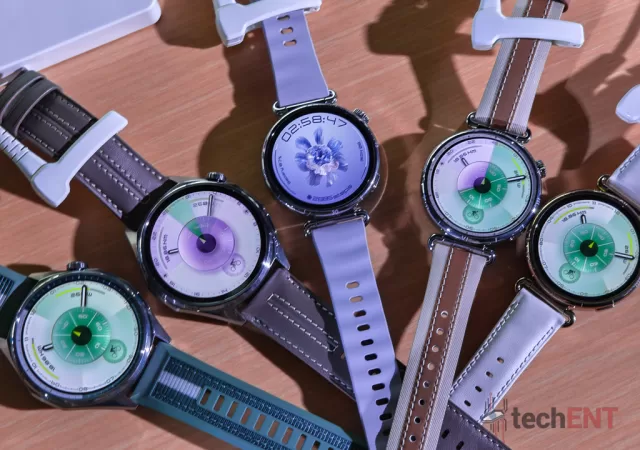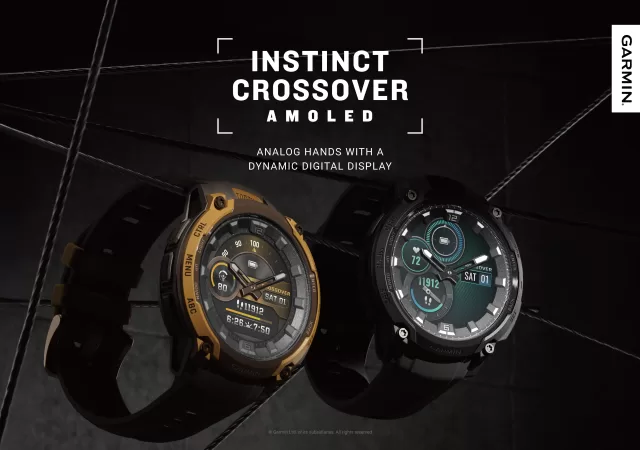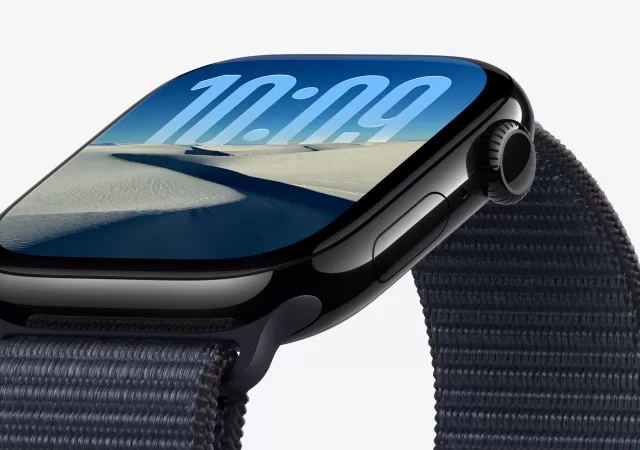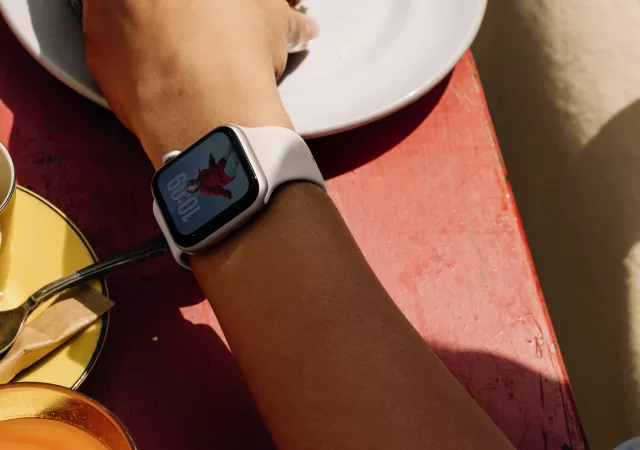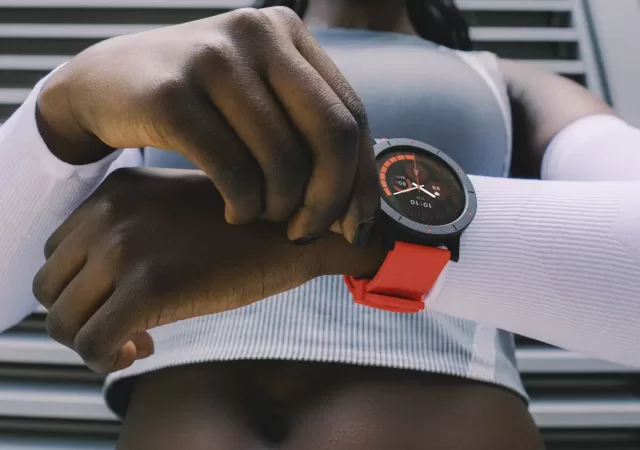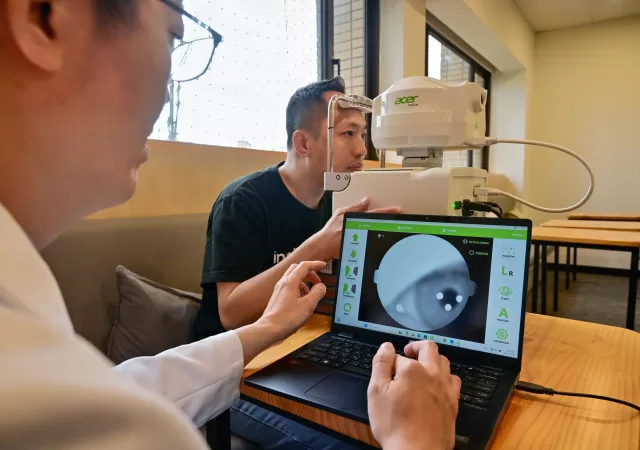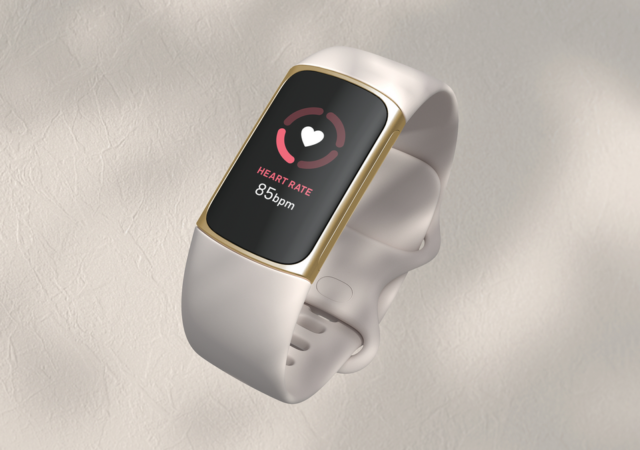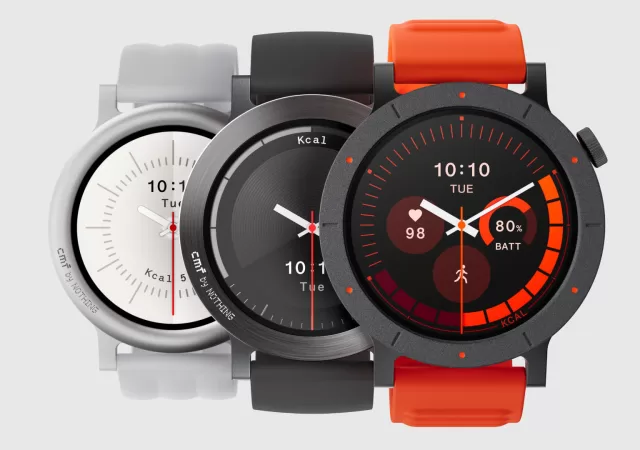HUAWEI’s Watch Ultimate 2 brings updated features, signature design, durability, improved activity and health tracking, and a 150m dive depth.
HUAWEI WATCH GT 6 Series Brings Up to 21-Day Endurance and Pro-Level Power Tracking to Malaysia
HUAWEI Watch GT6 ups the ante with 21-day endurance and pro-level sports tracking with more features and local apps like Touch n’ Go eWallet and MyBorderPass.
GARMIN Brings AMOLED to the Instinct Crossover Hybrid Smartwatch
GARMIN expands its Instinct Crossover lineup with AMOLED displays, bringing brighter, more power-efficient displays to the hybrid smartwatch.
Apple Debuts the Apple Watch Series 11
Apple introduces the Apple Watch Series 11 that brings WatchOS 26 with more features and tracking capabilities.
Apple Introduces the Apple Watch SE 3 with Core Features at an Affordable Price
Apple introduces the Apple Watch SE 3 that brings core WatchOS experiences at an affordable price point.
CMF by Nothing Launches the CMF Watch 3 Pro
CMF by Nothing unleashes their new CMF Watch 3 Pro that brings together intelligence and tracking for more wholesome health overview.
[next@acer] Acer Medical Looks to Address Healthcare Painpoints with Specialised Innovations
Acer branches into the healthcare arena with AI innovations targeted at addressing painpoints in the medical field.
Fitbit Re-emerges: New Updates Bring a Focus on Sleep and Fitness
Fitbit rolls out a bevvy of updates improving functionality and even giving the Charge 6 new faces.
Flossing Just Might Be The Future of Vaccines
Scientists at the University of Pennsylvania have developed a new way to deliver vaccines that doesn’t involve needles.
CMF Watch 3 Pro Arrives: A New Era of Accessible Smartwatches
Nothing launches the CMF Watch 3 Pro, a new addition to their sub-brand.



